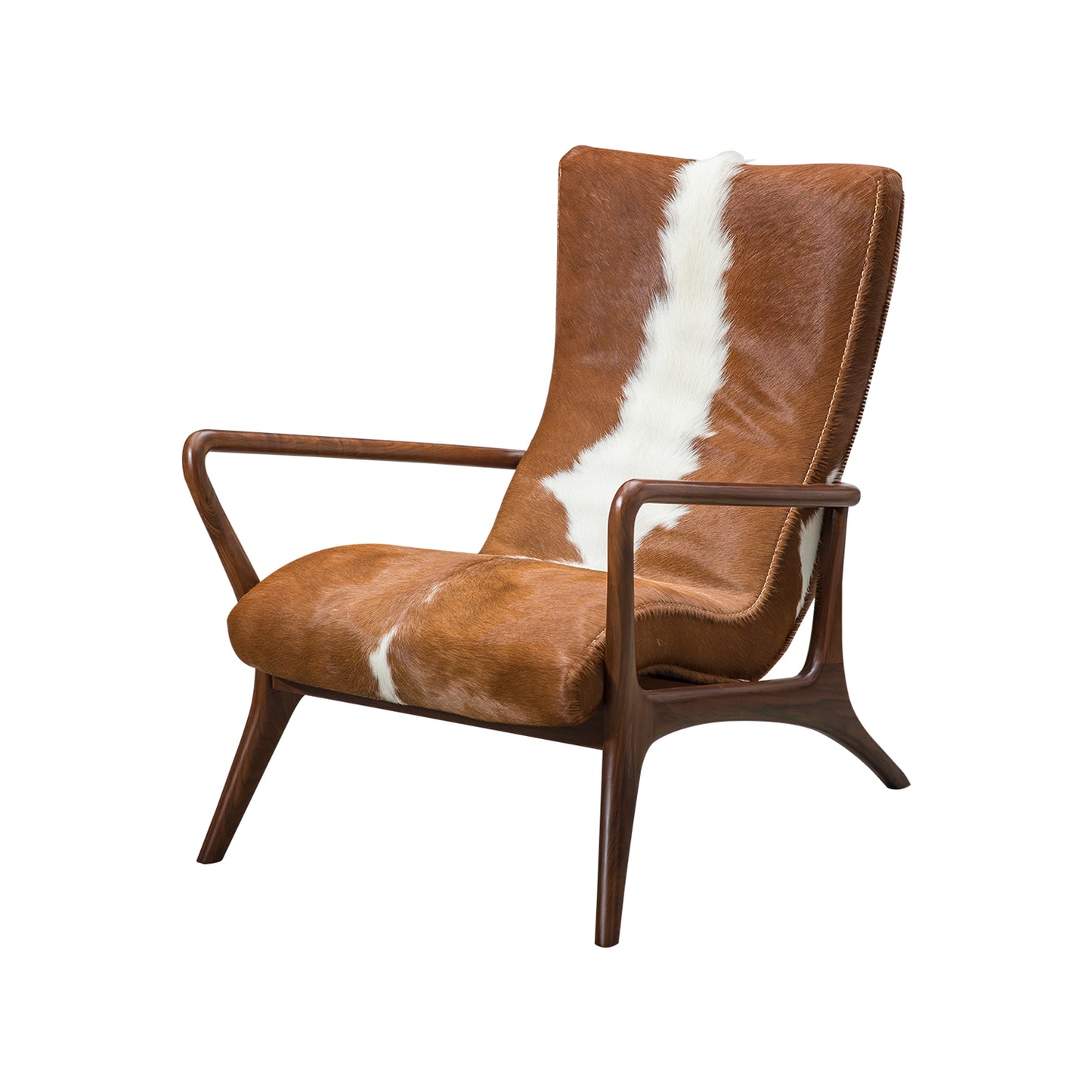Armchairs have long been a staple in home furnishings, serving as a sanctuary for relaxation and a statement of style. The concept of armchair comfort has evolved significantly over the decades, reflecting changes in design philosophy, materials, and consumer preferences. This article delves into the journey of armchair design, highlighting the key elements that contribute to the comfort and aesthetic appeal of these essential pieces of furniture.

Understanding Armchair Comfort
What defines armchair comfort? At its core, it encompasses several factors, including ergonomics, cushioning, and support. A well-designed armchair should provide adequate lumbar support, allowing the user to sit for extended periods without discomfort. Additionally, the choice of materials plays a crucial role; high-quality fabrics and foams can enhance the overall experience.
- Ergonomics: The design should promote a healthy posture.
- Cushioning: Soft yet supportive materials are essential.
- Support: Adequate back and arm support is vital for comfort.
The Historical Context of Armchair Design
Throughout history, armchairs have undergone significant transformations. In the 18th century, ornate designs dominated, often prioritising aesthetics over comfort. However, as the Industrial Revolution progressed, there was a shift towards more functional designs. The introduction of new materials, such as steel and synthetic fabrics, allowed for innovative shapes and styles that catered to the modern consumer's need for armchair comfort.
By the mid-20th century, designers like Charles and Ray Eames revolutionised the armchair with their iconic lounge chair, which combined luxury with unparalleled comfort. This era marked a turning point where comfort became a fundamental aspect of design, rather than an afterthought.
Modern Innovations in Armchair Comfort
Today, the quest for armchair comfort continues, with advancements in technology and materials. Many contemporary armchairs feature adjustable components, allowing users to customise their seating experience. For instance, recliners and swivel chairs have gained popularity, providing versatility and enhanced comfort.
- Smart Technology: Some armchairs now incorporate heating and massage functions.
- Sustainable Materials: Eco-friendly options are increasingly available, appealing to environmentally conscious consumers.
- Modular Designs: These allow for personalisation and adaptability in various living spaces.
Choosing the Right Armchair for Your Space
When selecting an armchair, consider both comfort and style. A chair that complements your interior design while providing the necessary support will enhance your living space. Ask yourself: What is the primary purpose of the armchair? Will it be used for reading, watching television, or simply as a decorative piece? Understanding your needs will guide you in making the right choice.
In conclusion, the evolution of armchair design reflects a broader narrative of changing lifestyles and preferences. As we continue to seek the perfect blend of armchair comfort and style, it is essential to appreciate the journey that has brought us to this point. Whether you favour classic elegance or modern innovation, there is an armchair out there that perfectly suits your needs.








